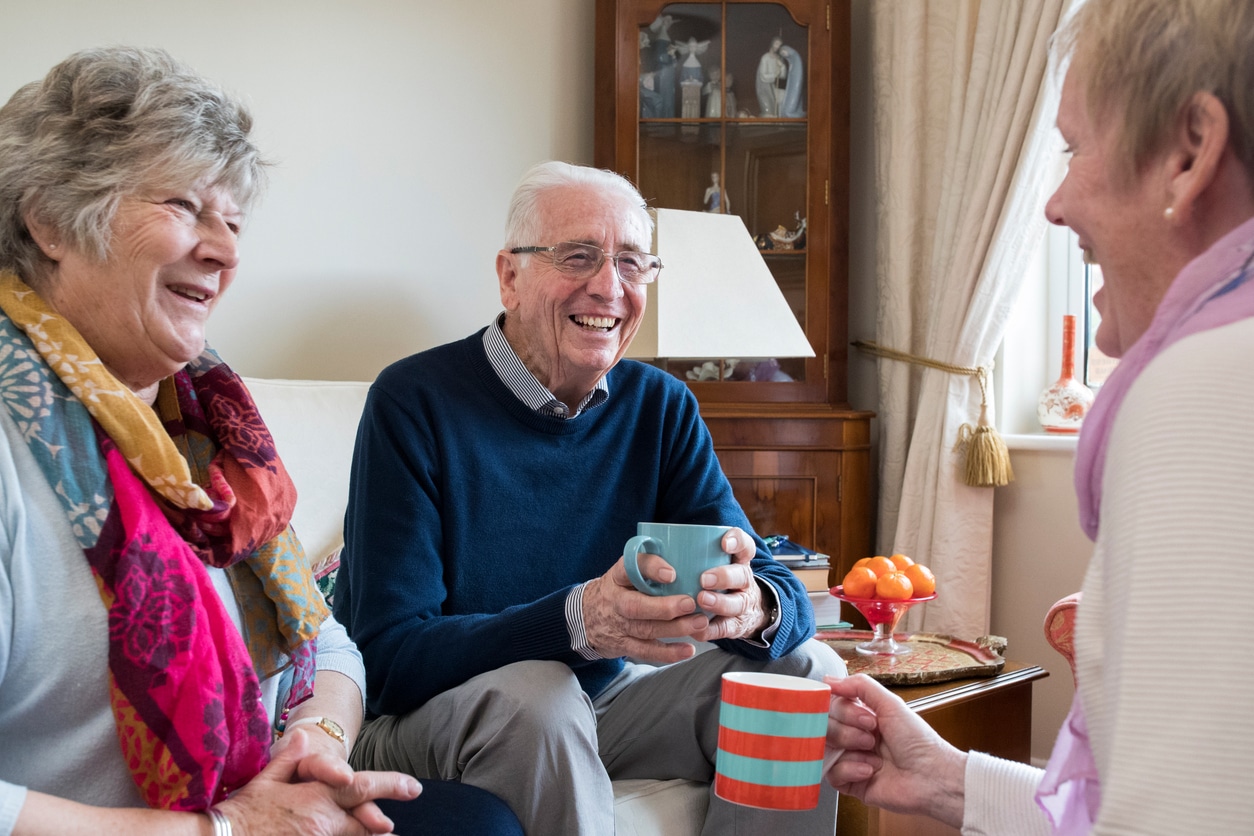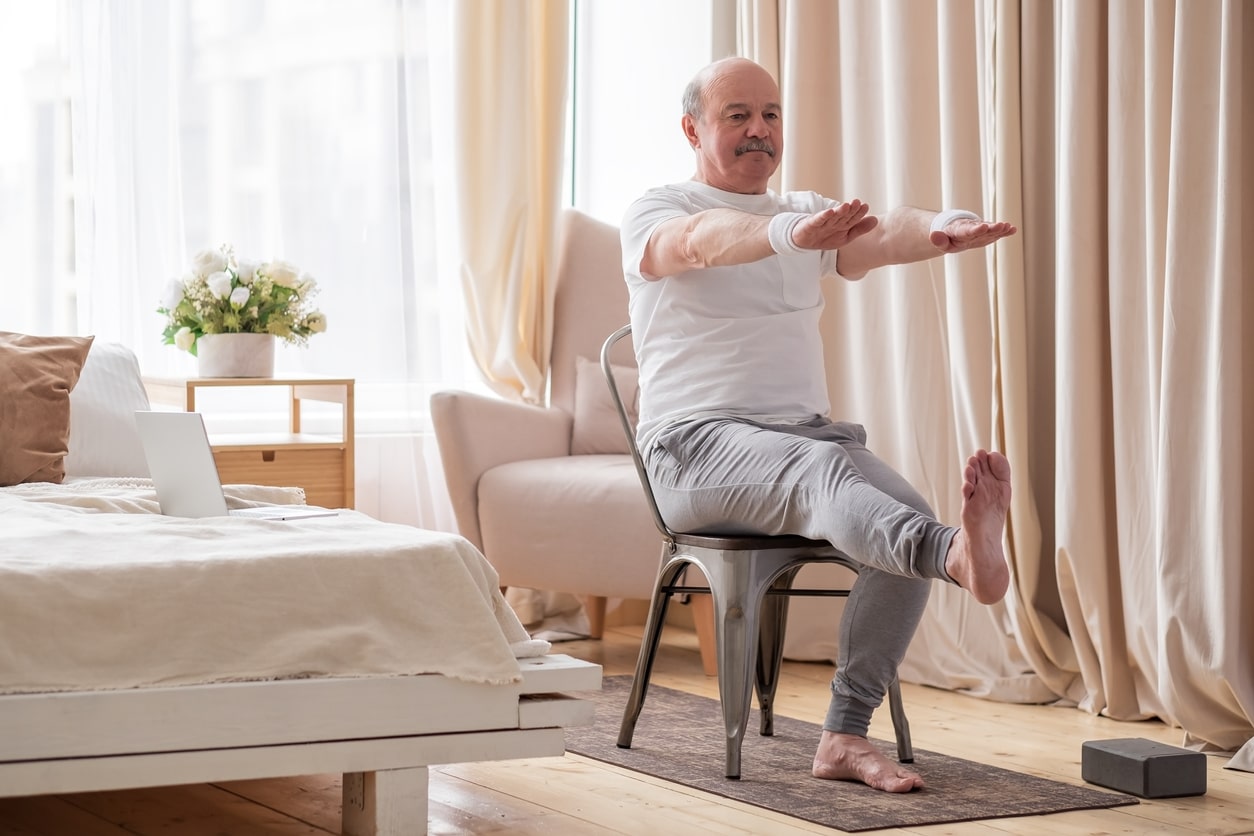Regular exercise and physical activity are significant components of a healthy lifestyle and can be incorporated into your life regardless of your age, says the National Institute on Aging. In addition to making you stronger, exercise can also help keep your joints, ligaments, and tendons flexible. Even seniors who are more frail can improve their agility, balance, and muscle strength through consistent exercise, which can aid in fall and injury prevention.
An exercise called vibration therapy, also known as whole-body vibration, has been shown to provide health benefits for seniors, including increasing lower-body muscle strength, balance, and coordination, and decreasing the risk for falls.
Harnessing Vibrations for Better Balance
How Does Vibration Therapy Work?
Vibration therapy is a treatment method with the intention of improving the degree of body and brain communication by way of the nervous system. You can find vibration therapy machines at some physical therapy offices, which involve standing or sitting on a vibrating platform while holding static or dynamic poses. The platform vibrates at a high frequency, causing your muscles to contract and relax several times a second.
The rapid contraction and relaxation of the muscles causes a neuromuscular reaction that creates physiological changes in your brain and body.
Strength Training
Strength training is an important component in increasing balance and fall prevention. You can strengthen your muscles through traditional exercises such as weightlifting, yoga, or cardiovascular activities. Vibration therapy may also be helpful.
Vibration therapy exercises are dependent on the involuntary stretch reflex; there is a significant amount of communication that occurs between your brain and the muscles that are contracting with each exercise, according to Elaine DeFancesco, PT. Since vibration training causes muscle contraction, seniors and those who live sedentary lifestyles can benefit from this type of treatment by increasing their muscle strength.
Balance and Coordination Training
Many seniors struggle from a decline in their body’s proprioception, which is your body’s capability to recognize where it is in space. When you have a decline in proprioception, you may be more likely to have decreased coordination and balance, which can increase your risk for falls and injuries.
Through the high frequency of muscle contractions created by vibration therapy, you can increase your ability to resourcefully recruit muscle fibers, coordinate joint movements, and strengthen muscle tissue. This may also lead to improved balance and decrease the risk for falls.
Increasing proprioception in addition to increasing balance and strength has been shown to reduce the risk for falls. A 2005 study tested a group of seniors living in a nursing home, who received vibration therapy three times per week for six weeks. The study demonstrated improved balance and increased mobility in those seniors.
Considerations
While vibration therapy has been shown to have positive effects on balance and fall prevention for seniors, it may not be appropriate for all people. Speak with your doctor before beginning any new exercise routine or treatment.




